Leading on from reading The One Straw Revolution many years ago, we’ve been experimenting with seed balls since our first year at Milkwood Farm. After 4 years of rolling ’em balls in various ways, broadcasting them, and noting the results, we’re convinced of this technique’s value. So this season we’re getting serious.
We’ve found that making seed balls is a great way to propagate plants in our uncertain climate. Because the clay ball around the seed needs a decent rain event to be dissolved, you’re essentially ensuring that the plant won’t get a chance to germinate until an ideal rain event occurs.
If you can be serious with a bicycle-powered seed ball machine around, that is. Clearly our friend Costa couldn’t be, but that’s no surprise to anyone who knows him!
So. We have a bicycle powered seed ball machine. We have plenty of seeds, and plenty of clay and compost. Where to from here?
Firstly, I should say that in our situation, we’ll be using seed balls for very specific plantings. We’re not basing a food supply rice crop on this technique, like Masanobu Fukuoka. We’re not making salad seed balls to fling into city verges (although we’ve done that in the past).
What we are doing with seed balls is using them to increase the biomass of Milkwood Farm, in particular areas. We’re using them for pioneer species (both perennials and annuals) and for increasing diversity in our food forests, swale systems, and riperian zones. And i think they just might work.
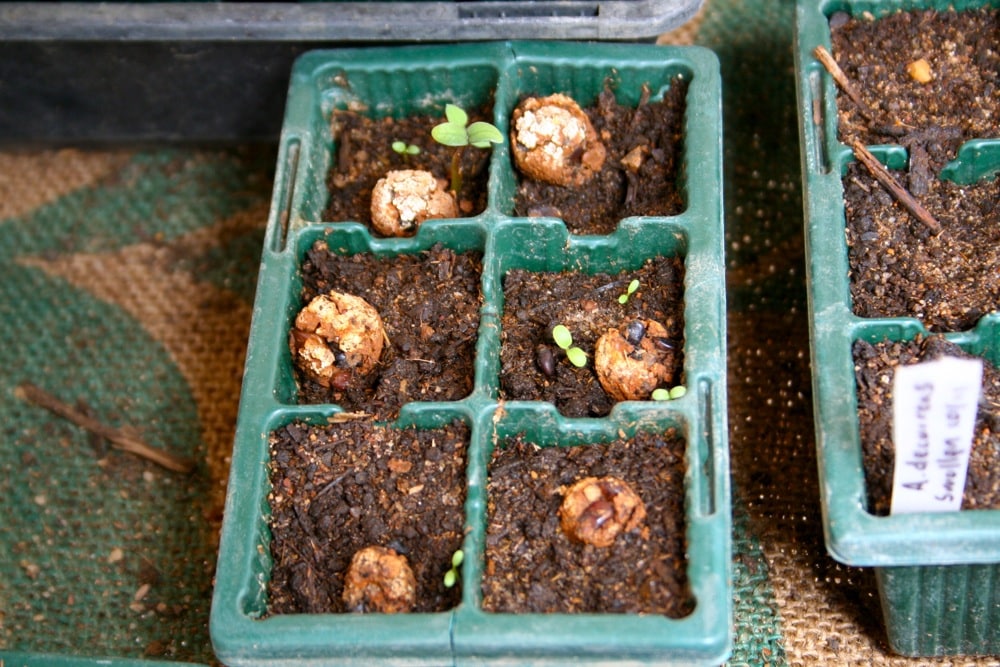
Seed balls being propogated in the Milkwood nursery, for the sake of being able to identify strike rate in ideal conditions
Anyone who has planted trees, be they large or small, knows it’s hard work which requires adequate preparation, planning, effort and follow-up. Tree planting takes time. A lot of time. And in an uncertain climate on harsh country, that time is not always rewarded with a long-lived tree.
The advantage with seed balls, as we’ve come to see it, is that you can put in a great deal of effort for a single day and make thousands and thousands of the things, and that is the total of the time and money investment needed. Once they’re made, you have one last decision – when to broadcast them. And that’s your job done.
Sure, the result is not instant. You won’t have a thicket of acacias higher than your head by Easter if you broadcast your acacia seed balls in spring. But the time investment is so economical that you can get the heck on with all the other important things on your farm, while nature takes over responsibility of your seed balls from there.
So far at Milkwood, our greatest successes with seed balls have been those containing acacias and tagasate broadcast on rocky ground and slopes, and seed balls containing coriander and other insectivorous herbs in the food forest. This year we will be getting a little more advanced, broadcasting symbiotic species (in separate seed balls) at once, in particular areas.
We’re also going to try seed balling suitable pasture species, and broadcasting that into areas directly following time controlled grazing of our family’s sheep in the olive groves. With this experiment, we’re looking to focus on increasing insectivorous plants, to benefit the olive trees resilience and harvest.
I’m looking forward to seed balls making and broadcasting being a three-times a year thing – early spring, early summer, and early autumn. Like I said, this technique allows us to have a bet each way, and roll with the punches that our changing climate produces.
It also means a time efficient way of building diversity, ground cover and in time, topsoil. It’s been fun trying out different ways, but it’s now time to get serious about our seed ball production. Stay tuned.
A note of thanks to our 2009 intern Ko Oiishi, who spend a lot of time implementing our developing ideas with seed balls at Milkwood, particularly using scarafied seeds. Ko, we’ll be reporting on the successful results of your good efforts shortly!
Related posts:
- Seed balls – from Fukuoka to Green Guerrillas
- Microcosms in Melbourne
- Crash grazing the creekflat – an experiment

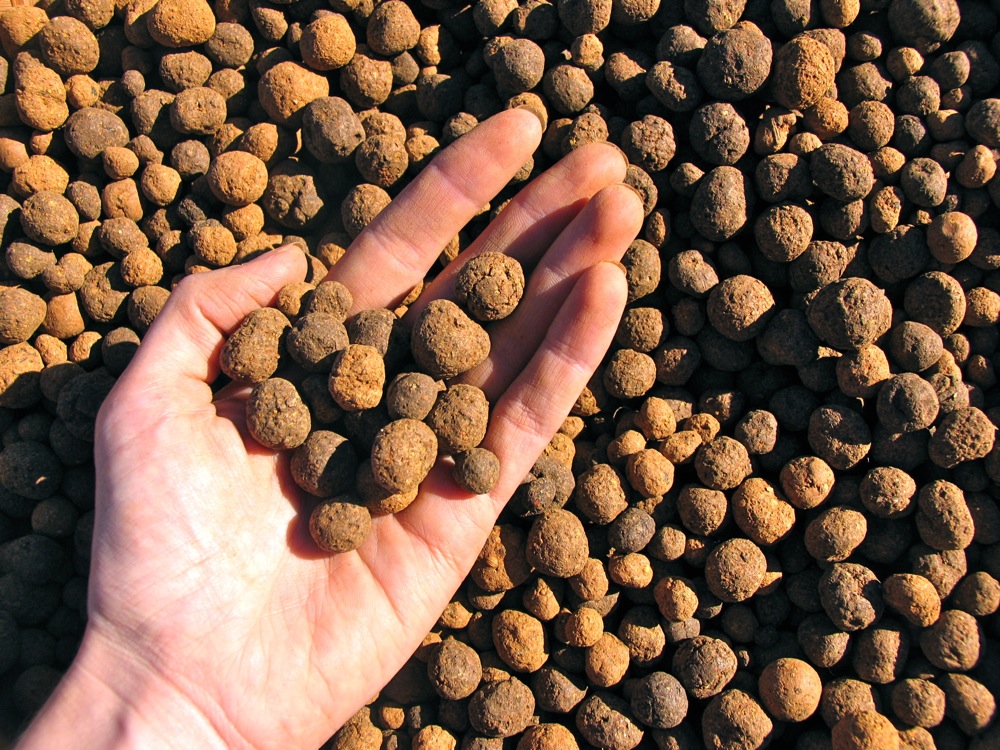

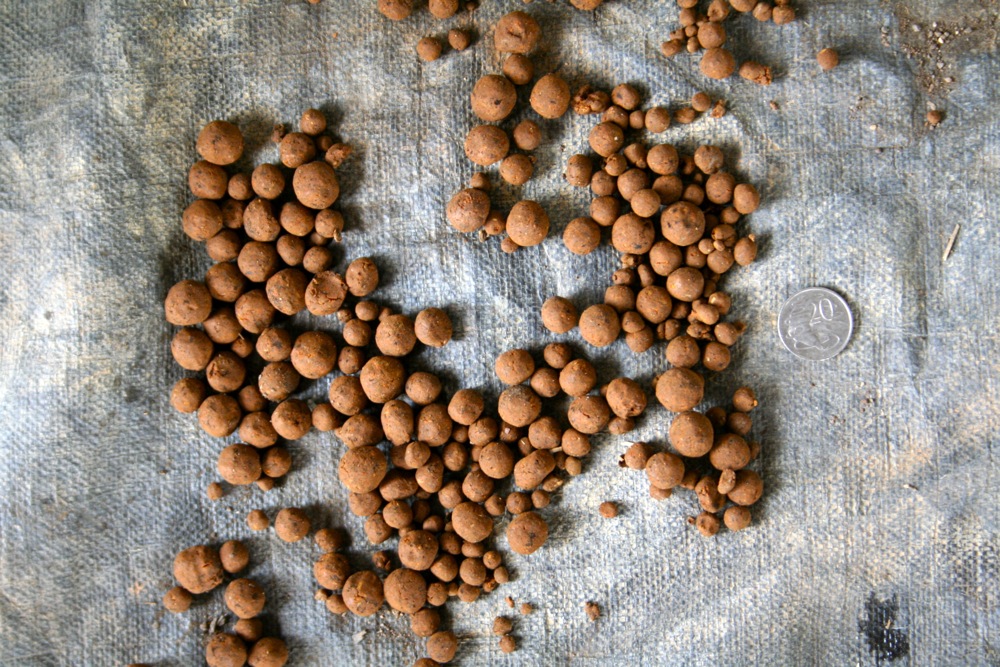
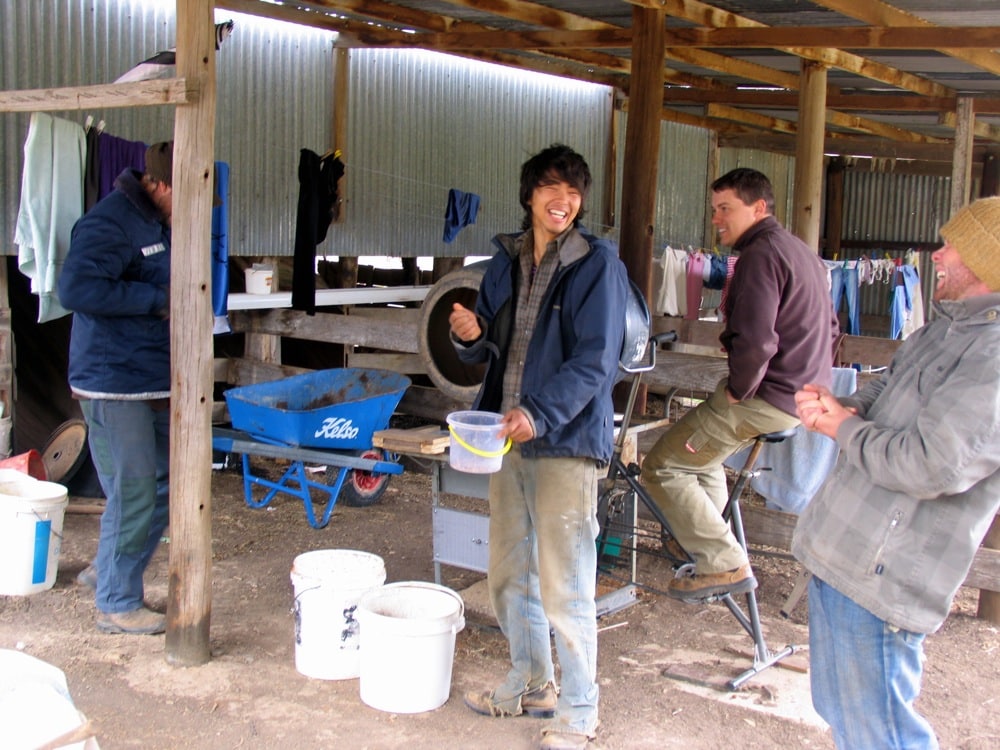
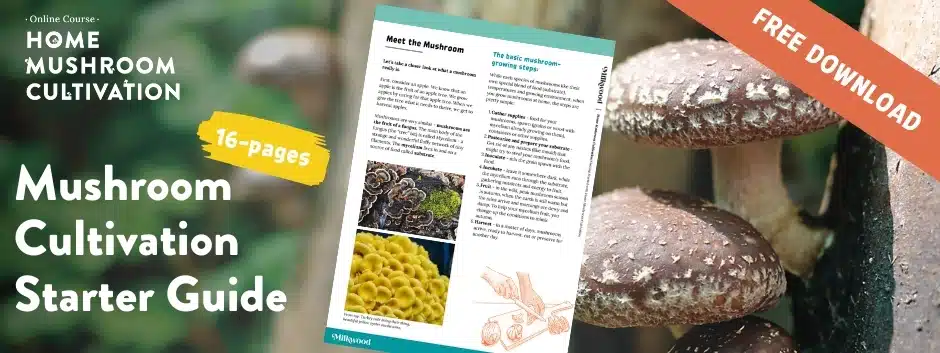
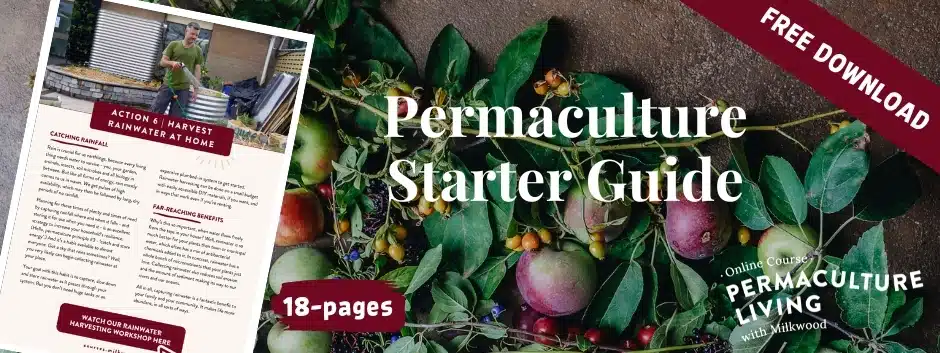


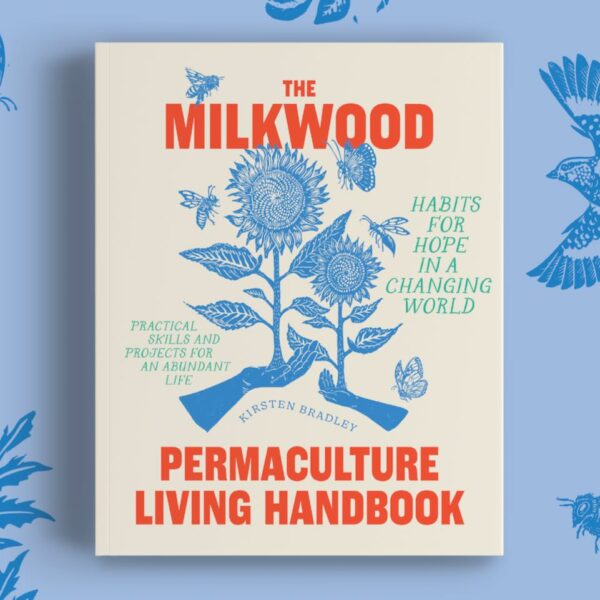
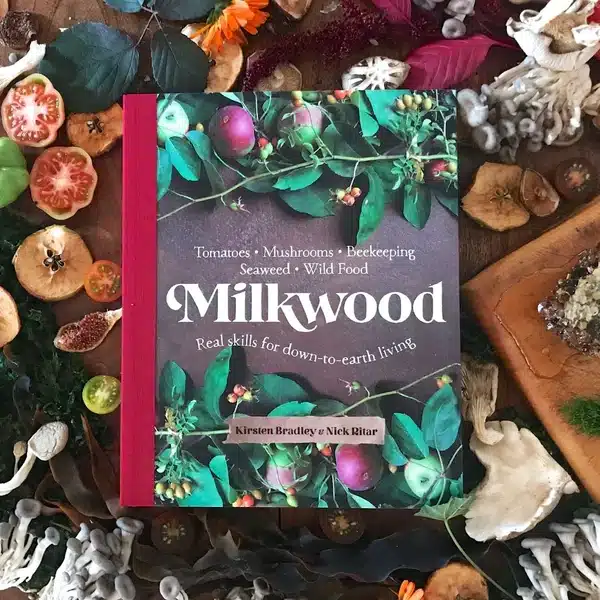






Hi guys, can you tell me the ratio of clay to compost, and have you ever tried it with some vermicast mixed in?
Hey there, the ratio has varied with each mix, but 1:1 is a starting point. Vermicast yes we have tried (with worm juice instead of water) and that seems to work too. The more nutrient going into that ball the better, I think…
Have you experimented with trying to make a constant size ball? I would like to find a dependable way to role seed balls of the same size almost every time. The reason for this is that I figure if I can make them fit in a paint ball gun then broadcasting could be used in a lot more ways and places, like on the sides of freeways and roads!